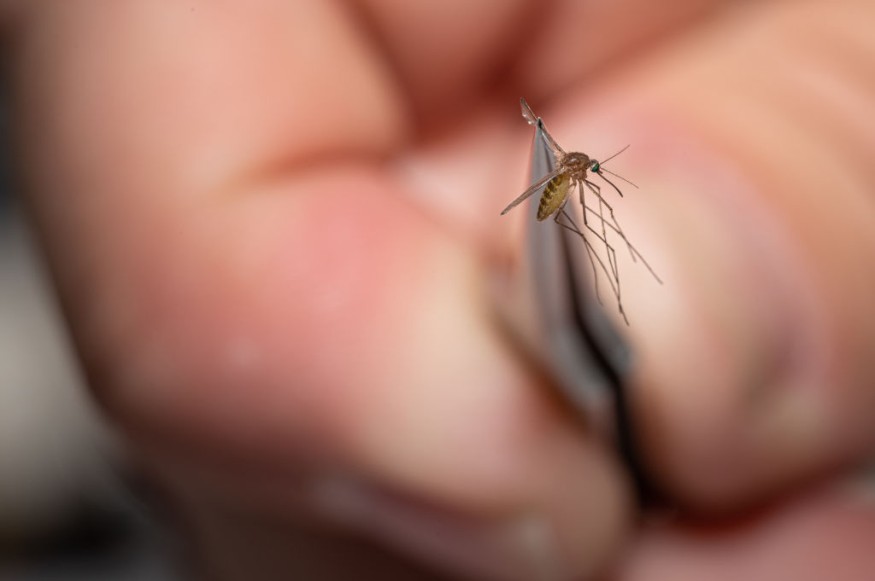
Malaria, yellow fever, communicable diseases, Zika, as well as chikungunya flu are amongst the many mosquito-borne infections that cause about one million fatalities annually; which renders mosquitoes as one of the globe's most lethal creatures.
How Body Odors Lure Mosquitoes
The manner in which mosquitoes hunt and consume on their victims influences how a virus spreads in ecology, Science Alert reported.
As per the World Health Organization (WHO), mosquitoes cause infections by serving as transmitters of infections as well as related illnesses. For example, if a mosquito attacks an individual afflicted with an infection, the mosquito may pick up the infection and transmit it over to the following individual it bites.
A deeper knowledge of how a virus communicates with a recipient might lead to innovative techniques for identifying and controlling mosquito-borne infections, according to immunotherapy and communicable infections specialists.
As per a recent study made by experts in the field, they discovered that certain pathogens may change a patient's bodily scent to make them extra appealing to insects, resulting in increased nibbles that enable an infection to propagate.
Investigators eliminated off CO2 from the atmosphere as a factor in insect attraction to contaminated mice since, whereas Zika-infected mice released fewer carbon dioxide than healthy rodents, while dengue-infected mice released the same amount.
Although mosquitos were nonetheless drawn to contaminated mice with low gut microbes relative to healthy individuals, they were much less drawn to afflicted animals with deficient cutaneous microorganisms.
Once specialists analyzed the epidermal bacterium makeup of both contaminated and healthy mouse models, they discovered that Bacillus, a popular source of rod-shaped bacterium, was a significant acetophenone generator, which had much higher levels on afflicted animals.
Researchers discovered that the quantity of mosquitos moving into healthy and sick rodents was equivalent following inserting a filtration system in the optical rooms to limit mouse scents from contacting the mosquitoes.
Posted under The Conversation, infectious animals administered with the vitamin A compound had their RELM concentrations restored to those of healthy rodents, and the number of Bacillus bacterium on their epidermis was reduced.
To examine this, scientists arranged healthy and sick mouse model, as well as insects, in one of three arms of a fiberglass container.
When researchers used ventilation through the mice rooms to direct their smells onto the larvae, and researchers discovered that the contaminated rodents attracted additional mosquito larvae than the healthy mouse model.
Mosquito Bites and its Adverse Effects
To put this theory to the truth, scientists extracted either the epidermis or gastrointestinal bacterium from deficient mice prior subjecting them to mosquitos.
Insects were not drawn to these medicated, afflicted rodents any more than they were to unaffected rodents.
Researchers discovered one possible explanation when they discovered that sick mouse had lower amounts of RELM, a key microbe-fighting protein generated by epidermis.
Apparently acetophenone lured higher mosquitoes than the other two chemicals when absorbed through the skin of competent subjects and the hands of healthy participants.
Affected rodents generated ten times as much acetophenone as unaffected mouse, as per CELL.
Mosquitoes were continuously more drawn to the hand with viral illness scents when specialists placed dengue illness subject odors on one hand of a trainee and a healthy person's fragrance on the other.
This implies that something in the scents of the diseased mice lured the mosquitos to them.
Related article : CDC Warns Us of the Unusual Symptoms that Come with Monkeypox
© 2026 NatureWorldNews.com All rights reserved. Do not reproduce without permission.





